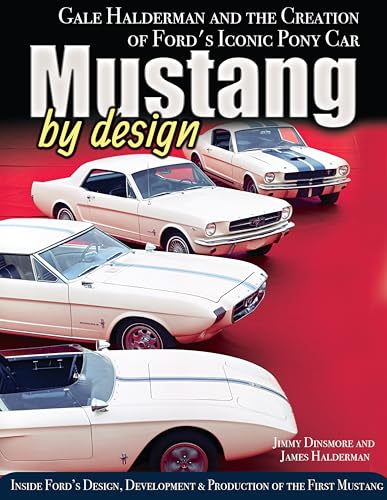You have already received some great advice, so I will try to avoid being repetitive. Will E is right on the money with his short list of things you would have to consider with an engine transplant. As far as the 390 being a dog of an engine, that is the reputation it has had for decades, whereas the 428 is considered to be a fairly formidable engine with its larger bore and longer stroke. That said, the 390 and 428 engines have the same physical width, and it is that width that would cause me to take pause with popping either engine into a 71-73 Mustang, much less an earlier year model.
I know the 71-73 Mustangs have a larger, wider engine compartment than the prior year models. That was done so the 429 engine would be able to fit better in the Big Nose Mustangs, as compared to the prior year Mustangs. I know this for sure, in our 1969 Shelby GT500, and in a 1969 Mach 1 with a 390 engine that I worked on long ago, it is/was damn near impossible to remove the spark plugs without unbolting the engine mounts, loosening the tranny mount, and jacking the engine up a bit. And now, yeah, yeah, I can already hear folks telling how they did it with a bit of patience, multiple swivel joints, and perhaps by removing the valve covers. In the case of our Shelby's 428, and the 69 Mach 1's 390, both vehicles had the Thermactor air injection emission equipment, along with the air injection tubes running down to the exhaust manifold port outlets. The tight fit of the engine is bad enough. The intrusion of the Thermactor air injection tubes just makes a nearly impossible situation absolutely impossible without raising the engine up a little bit. At that, it is still a difficult process to go through. The 351 engines are just easier to work on and maintain.
I would be willing to guess, even bet, the wider engine compartment of the 71-73 Mustangs may be just larger enough to accommodate not only the 429 (and even a 460), but the 390/428 engine as well. I just do not know how well the FE engine would end up fitting, as in would it be a better fit, but not "better enough," in a Big Nose engine compartment. For me, that would be reason enough unto itself to opt to keep the 351. Although the sleeving of the one cylinder (and perhaps others also) will technically weaken the block, you could still do a moderate upscaling of performance that would help the engine reach near FE performance, although the monstrous low end torque from the 428 is hard to shake a stick at.
If you do end up doing at least a valve job I suggest you consider doing the following work, whether you build the engine up or not, but especially if you do build it up consider using:
- Bronze wall valve guides
- Hardened steel valve seats
- Perfect Circle valve guide seals (as opposed to the stock umbrella style splash shields)
- Use a hydraulic roller cam kit
- If you opt to continue using a flat tappet valvetrain design be sure your engine oil contains Zinc, otherwise you will see your cam lobes and lifters wear out very quickly, even within the first minutes of running ,despite using the proper break-in lubricant for the cam and lifters.
- Use some nice forged aluminum pistons, but keep the compression under 10:1 unless you prepare the entire fuel system for ethanol being in the gasoline (including the fuel pump)
- Have the rotating engine components balanced
I really think you will be happy with a well built and tuned 351. In our case I got the GT500 because I never had a big block Mustang or Shelby before, and wanted to experience its performance. Although the performance is impressive, and as much as I love having that Shelby, I must say the 351 engines (C or W) built correctly can do a great job for a street driven pony car. Be aware the rear axle ratio can hold back performance even with a well built engine. The highest ratio I would consider would be 3.0:1, and even that is pushing the edge.
I feel the best compromise for a street driven vehicle for spirited performance, yet being well behaved in terms of engine RPM at 60 MPH, is 3.5:1. The 3.5:1 ratio will have the engine spinning at just under 2,900 RPM at 60 MPH with a final drive transmission of 1:1. With an AOD the RPM at 60 MPH drops to just under 1,900 in 4th/OverDrive gear. That lets us, in our 73 Mach 1, retain the pep we get with its 3.5:1 TractionLok rear axle gear set, while retaining the comfort of only turning nearly 1,900 RPM at 60 MPH as opposed to having the engine spinning at a speed that makes it sound like it could grenade at any moment. Best of both worlds.




















































